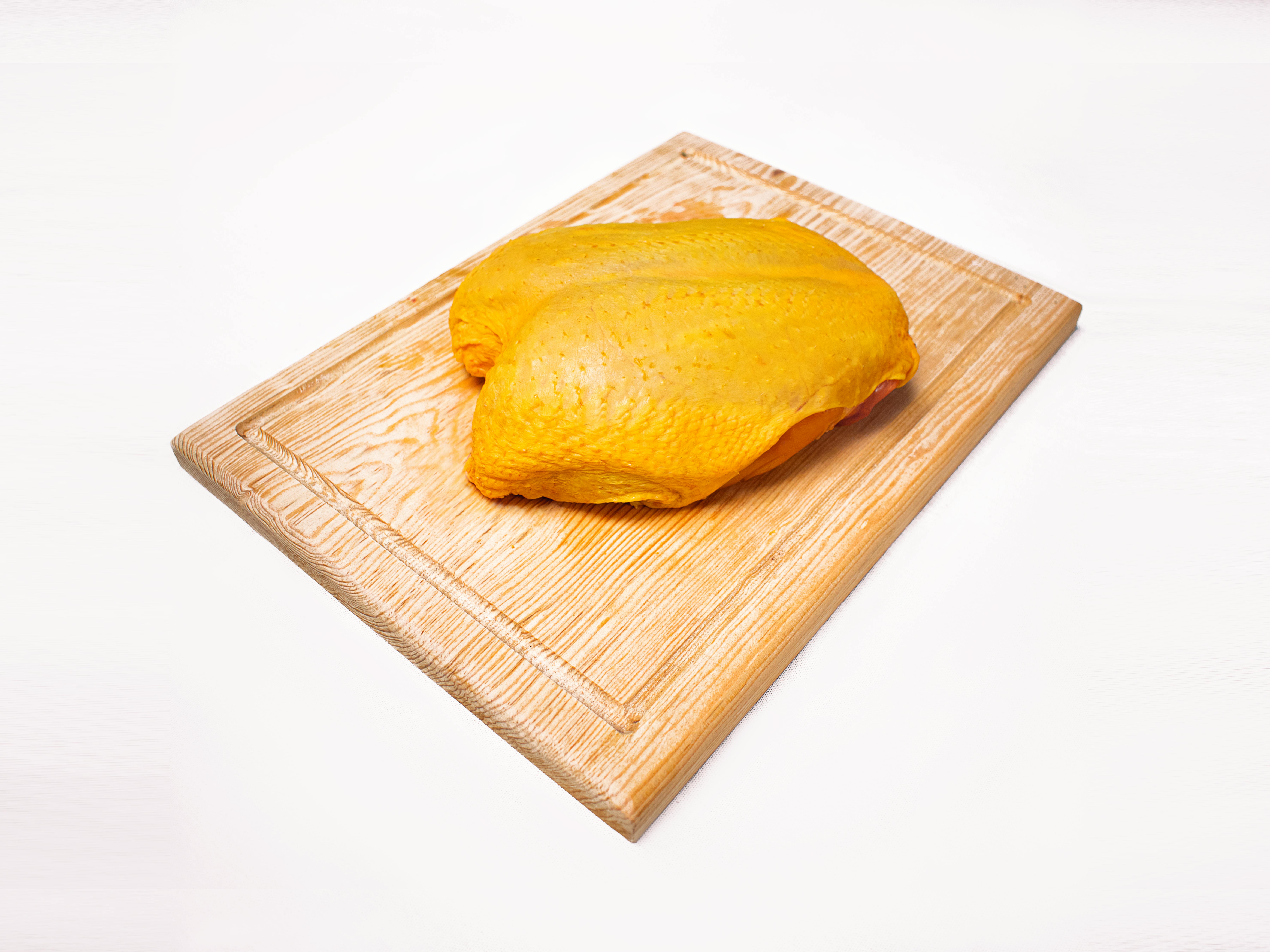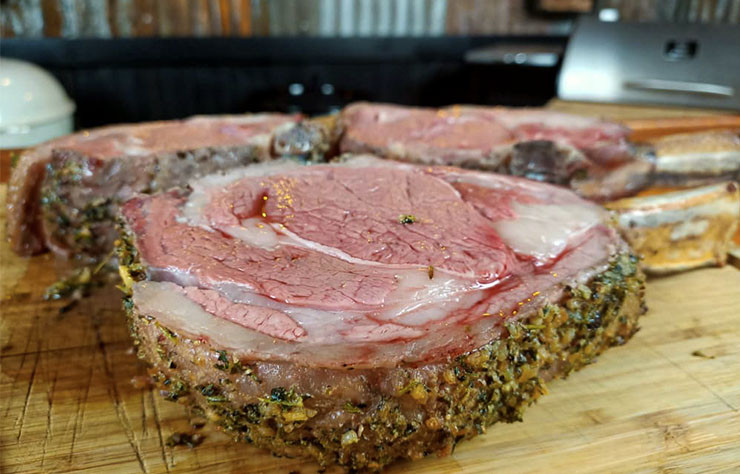Top 5 Ways to Perfectly Cook Steamed Rice in 2025
Steamed rice serves as a staple in many diets worldwide, thanks to its versatile nature and simplicity in preparation. Knowing how to make steamed rice properly can elevate your meals and enhance the overall dining experience. The importance of mastering this skill cannot be overstated, as perfect steamed rice paired with various dishes can transform any ordinary meal into an extraordinary one.
In this article, we will explore the best methods for cooking steamed rice, whether you're looking for quick steamed rice options or traditional recipes. With tips for steaming rice on the stove, in the microwave, or even in a rice cooker, we're arming you with all the knowledge needed to achieve fluffy, flavorful rice every time. By the end, you'll have the confidence to experiment with different rice varieties, including jasmine and basmati, to suit your taste and dietary needs. The journey to perfect steamed rice begins here!
1. Choosing the Right Rice Variety
When it comes to steamed rice, the type of rice you select can make a significant difference in both texture and taste. Among the most popular choices are jasmine rice, basmati rice, and sticky rice, each offering unique flavors and cooking properties. Long grain rice is excellent for dishes where you want each grain to remain separate, while short grain rice can be perfect for sushi or sticky rice dishes.
Jasmine rice, with its fragrant aroma, pairs well with Asian dishes, while basmati rice is slightly nutty and commonly associated with Indian cuisine. Choosing the right type of rice is the first step in achieving perfectly cooked steamed rice that complements your meals. For beginners, it’s recommended to start with long grain rice and gradually experiment with other varieties.
2. The Importance of Rinsing and Soaking Rice
Before cooking, rinsing rice is a crucial step that many people overlook. Rinsing helps remove excess starch, which can cause rice to become gummy. To rinse properly, place your rice in a fine-mesh strainer and run it under cold water until the water runs clear. This ensures a cleaner taste and more desirable texture.
For varieties like basmati or jasmine, soaking the rice for about 20 to 30 minutes can enhance texture and flavor. Soaking allows the grains to absorb some water, promoting even cooking and reducing overall cooking time. Remember, though, that soaking is not necessary for all types of rice, so refer to specific cooking guidelines for each variety.
3. Perfecting the Water to Rice Ratio
One of the most important aspects of cooking steamed rice is getting the water to rice ratio correct. Generally, a good rule of thumb is a 1:2 ratio, meaning one cup of rice to two cups of water. However, this can vary depending on the type of rice you're using. For instance, sticky rice may require less water, while brown rice might need more.
Always refer to your specific rice type's recommendations for the best results. If you're looking to create a more flavorful steamed rice, consider using broth instead of water, or add herbs and spices during steaming for an elevated taste experience.
4. Steaming Techniques for Fluffy Rice
There are various techniques for steaming rice, and mastering the method suited for your kitchen setup can lead to excellent results. A popular stovetop technique involves bringing water to a boil, then lowering the heat and covering the pot to let the rice steam gently. You can also steam rice using a microwave in a microwave-safe container with a lid, which is particularly useful for quick steamed rice.
For those looking to increase their efficiency, consider using a rice steamer or a pressure cooker, which can achieve perfect steamed rice with minimal monitoring. No matter the method, it’s essential to allow the rice to rest after cooking—this helps in fluffing up the texture, resulting in soft and palatable grains that everyone will love.
5. Serving and Flavoring Steamed Rice
Steamed rice is incredibly versatile and can be paired with numerous dishes, from stir-fries to grilled meats. To enhance its flavor, consider adding additional ingredients such as herbs, spices, or even sautéed vegetables. This will elevate your rice dishes, making them more appealing and nutritious.
For those interested in a cultural twist, try flavoring your steamed rice with saffron for an aromatic dish, or incorporate coconut milk for a tropical flair. Don't forget garnishes like chopped scallions, cilantro, or sesame seeds to add visual appeal and freshness. With various options available, it’s easy to make steamed rice a delightful centerpiece in your meals.
Conclusion
Cooking perfect steamed rice in 2025 is all about technique, practice, and personal preference. By selecting the right type of rice, properly rinsing and soaking, mastering the water to rice ratio, employing efficient steaming methods, and experimenting with flavoring, you'll be well on your way to enjoying steamed rice that elevates your dishes. Remember, the path to culinary excellence often starts with mastering the basics, such as cooking steamed rice correctly. Enjoy the journey, and don't be afraid to explore diverse recipes and meal ideas!

If you're eager to dive deeper into the world of rice cooking, consider checking out some more detailed rice cooking schools or guides that emphasize traditional and modern methods alike. Preparing delicious meals with steamed rice can also be a fantastic way to engage family and encourage them to get involved in the kitchen!

